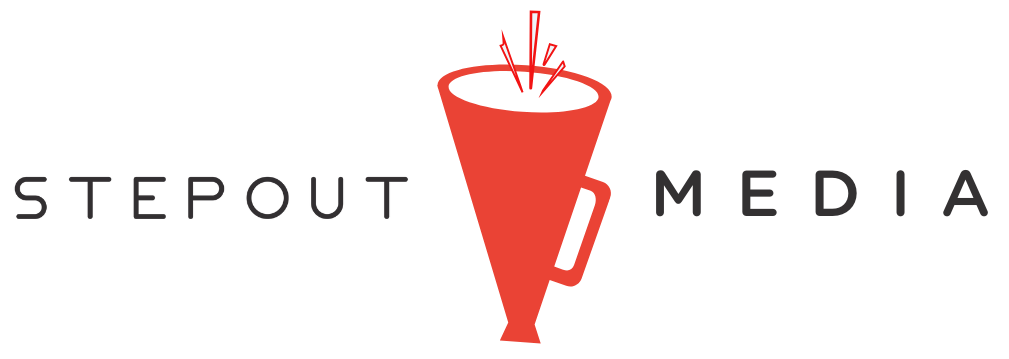This post was written by Emily Martin, Owner of Ally HR Partners LLC
In the past five years, the US Department of Labor has collected over $1.4 billion in back due wages from employers
across the Country.
The audits conducted by the DOL to uncover these wages result from a combination of complaints made by disgruntled employees, but also random audit activity- which is explicitly set to increase in this new administration. If there is one area of employment law that employers certainly cannot afford to be anything but compliance, it is wage and hour practices- that’s all-things time and pay related when it comes to employees.
This law can be very nuanced based on specific employer-situations, but to get you started, we’ve put together a list of the top 5 areas of concern on this topic, which are also the top areas where employers most-commonly end up paying big when audits or claims do occur.
1) Know the (real) Difference between Employees and Contractors
The Issue:
There has always been reason to make sure those doing work for you are managed and paid in the proper manner because not doing so can mean unpaid taxes, insurance premiums, and other revenue the government could come collecting later.
Probably the most common mistake in this area is hiring individuals as independent contractors vs. employees to avoid all the regulations and costs associated with having employees. But in addition to the IRS, the focus of the Federal DOL on this issue is tightening under the Biden administration, which includes a partnership announced between the DOL and the NLRB just this week.
Therefore, businesses can expect more proactive measures to go after businesses for these “misclassifications”. Again, the cost of non-compliance can mean thousands in unpaid employer taxes, required insurance premiums, and retroactive wage and hour violations.
The Solution:
Put people on payroll if they are employees. Some of the biggest deciding factors used in these evaluations include how much control you have over the work being done, and how the person is being paid. If the person is doing work that is directly associated with the service or product your business delivers, they likely should be an employee. If you control how they do their work (provide the systems, equipment, office, work schedule, specific instructions, and methods) then they should also probably be an employee.
Finally, if you pay the person on an hourly basis, or in a variable manner that is dependent on time spent vs. value or outcome delivered (a fixed retainer for example), then you also will likely lose the battle defending them as a contractor.
2) Make Sure Employees are Properly “Classified” for wage payment
The Issue:
Even once you have employees, making sure they are paid correctly can also be tricky business. One major issue at hand is determining whether an employee should be exempt (commonly associated with “salaried”) or non-exempt (usually paid hourly).
To be treated as “exempt” and paid a salary that “exempts” the employee from being eligible for overtime for hours worked over 40 in a week, an employee needs to pass both an annual salary minimum test, AND a “duties” test. If a position doesn’t pass both tests and an employee is misclassified and therefore improperly paid, you could be subject to back-due wage payments totally at the discretion of the DOL- and random audits are being done nationally, even without complaints on this subject.
The Solution:
You should review how you pay all your employees and make sure they meet BOTH the minimum salary and duties tests. In 2022, this means a min salary of $51,480 for most positions (specific to NYS).
For duties, there are multiple categories in which a position could qualify but most common include Executive (for positions that have 2+ employees reporting to them), and Administrative (deals with legitimate decision-making abilities using independent judgment). The duties test is the trickiest qualifier and where most businesses find themselves in trouble. If a position does not meet either of these tests, the person should be paid hourly and receive overtime (this means tracking hours worked). You also want to make sure that all employees in the same position are classified the same.
If you have concerns at all about whether your employees are properly classified, we highly suggest reaching out for a review. Again, this is very high on the list of areas the DOL will be actively pursuing in the coming years.
3) Understand the Risks with Meal Period Practices
The Issue:
Especially for non-exempt (hourly) employees, how you record and manage meal periods can be another high-risk area subject to major penalties and back-wage payments resulting from audits.
All NYS employers, and most others nationally, are required to provide a 30 minute, completely uninterrupted meal period to employees if they work so many hours in a day (6 in NYS). These can be paid or unpaid, but if they are unpaid and not taken (auto-deducted from payroll for example), or unpaid and not recorded at all, an employee can claim later, or the DOL can assert, the breaks were never really taken and that wages going back to up to 3 years must be paid to account for the improperly deducted time.
The Solution:
Meal periods should be recorded by employees using a time system (even paper records) or they should be paid as a benefit to staff. Without records, the DOL will conclude the meal periods never occurred (in these matters employers are guilty unless they can prove their innocence), and the employer will owe the back wages.
On the other hand, if the meal periods are paid, then there is no financial motivation for an audit or claim, so this is a safe route as
well. There are some choices to be made, but what is certain is that employers should not be auto deducting this time. Most payroll providers do not advise on these risks or options, but you should certainly take control of this high-risk area of compliance for your own good.
4) Know what time off you are required to provide
The Issue:
Both state and federal laws require employers to provide various kinds of time off for employees when they qualify. These leaves are paid in some cases and unpaid in others, but in most cases also require job protection and other terms for their duration, as well as specific documentation.
If employee needs arise which qualify for any of this time off, employers may be obligated to offer the leave, even if the employee does not request the time. If proper protocols and rights are not respected, employers can face wage and hour penalties, or even discrimination or other claims.
The Solution:
Paid time off required includes NY Paid Sick Leave (PSL), COVID paid sick time, Voting leave, Vaccine leave, and others depending on business circumstance. Unpaid Leaves required include FMLA, Disability, and more (all are listed here).
The most critical for compliance in NYS is PSL since it is paid time off (and remember there is more incentive for claims and audits when things are paid). Employers should work with their payroll provider to set up a PSL policy to track earning and usage and make sure it follows all the necessary rules (more in-depth info here).
If you already give paid time off to staff, (PTO, vacation, sick), you don’t need to implement additional PSL time, but your existing policies need to be modified to be at least as beneficial as what the PSL law requires (accrual rate, rollover terms, etc.). For this and all other kinds of required time off and leave, you should review other requirements with a professional. If nothing else, you should at least seek guidance when a request or scenario arises to make sure you don’t inadvertently cause an issue.
5) Make Sure you Have Adequate Record Keeping
The Issue:
As mentioned above, in audit and claim scenarios, if there is no record of something happening, it didn’t happen, and in general, employers will be deemed guilty of violations unless they can prove themselves innocent. There is no greater place to make sure record keeping is air-tight than regarding wage and hour-related matters since they are the most lucrative area for the DOL and other agencies to seek violations.
Payroll providers are not responsible for advising you on required or even suggested best practices in this realm in most cases, so assuming they are taking care of this because you are paying them to run your payroll is foolish. Whether it’s time-keeping practices, time off usage or earnings, or proper deduction codes, making your payroll records a precise record of exactly who is being paid what and why is imperative to protect yourself later.
The Solution:
Whether on your own or with a professional, all businesses would be well-advised to review their pay and time practices to ensure compliance in addition to best-practice record keeping. Chances are you could greatly benefit from an upgrade in payroll systems, or you could be using your current system much better. And you should be pressing your provider for these solutions.
Some big items to start with include making sure employees are responsible for recording and verifying their time worked (including breaks), and ensuring required time off usage and earning is being tracked.
As mentioned above, with developments at both the Federal and State levels that explicitly signal increased efforts to actively seek employer violations, there has been no greater time in history for businesses to ramp up compliance efforts. Wage and Hour violations can mean big, unexpected, payouts for employers, and that’s not even considering any penalties levied on top of what’s deemed “owed” to staff. We highly recommend reaching out about a complete review of your practices today if you think there is any question of total compliance.

This post was written by Emily Martin, Owner of Ally HR Partners LLC, a Buffalo-based HR consulting firm that helps small businesses identify and implement custom solutions to their people problems and opportunities. Often a business’ #1 expense, Ally HR Partners believes your people should be your #1 asset. Through an integrative partnership approach, Ally becomes your internal expert on all things HR including compliance assurance, performance management, and strategic HR initiatives designed to make the most out of your Human Capital. For more information about how Ally can work for you, visit AllyHRPartners.com
















